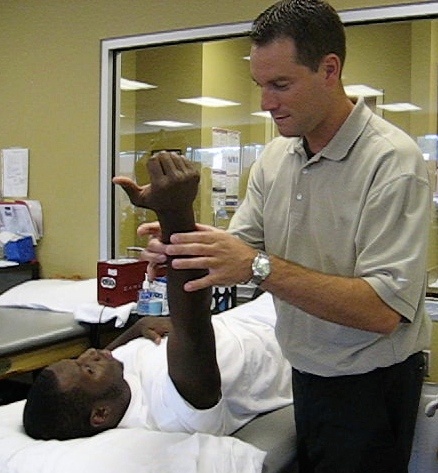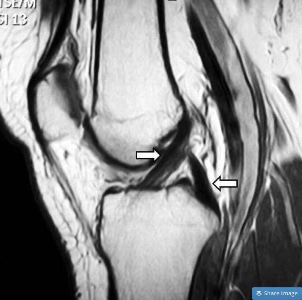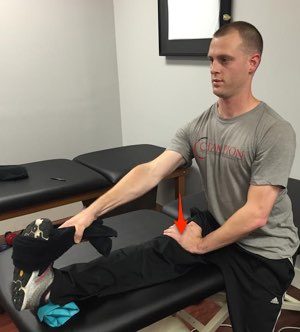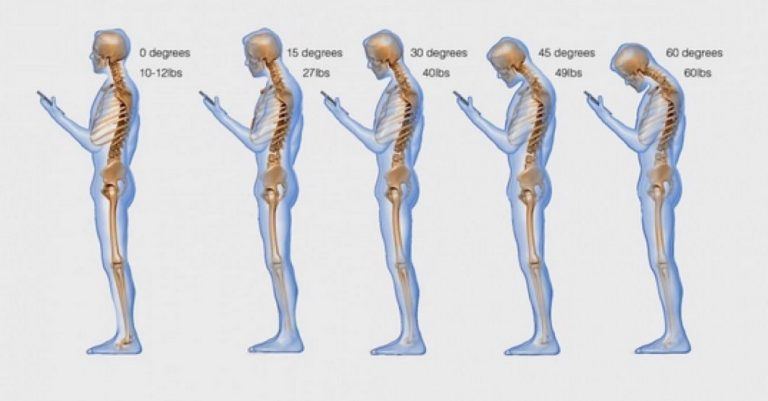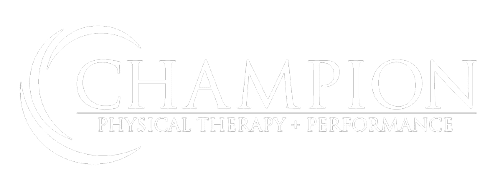Is Physical Therapy as Effective as Rotator Cuff Surgery?
Injuries to the shoulder and rotator cuff are ever presenting to me for physical therapy at Champion. As I assess and treat these clients, I maintain a firm stance that surgery may not be required and that PT is a logical and cost saving way to return function. I wrote about how physical therapy can help avoid rotator cuff repair surgery a while back in a blog post and continue to believe that PT is way under utilized.
Studies continually show the benefits of conservative management of rotator cuff tears versus operative treatment. Don’t get me wrong, many rotator cuff tears require surgical intervention but I feel as if a select population of patients are having surgery when they could easily benefit from PT alone, at a fraction of the cost.
Can Physical Therapy Help Avoid Shoulder Surgery?
On a weekly basis, I scour the literature looking for the latest and greatest findings. Of note, I see more research stating that PT may be just as effective as surgery for patients with a rotator cuff tear. Because of that, I felt like I needed to follow up with a recent article out of Finland in The Bone and Joint Journal.
In this randomized controlled trial, the authors seek the outcomes of 3 groups with symptomatic and atraumatic rotator cuff tears documented on MRI. The 3 groups consisted of
- Those that received physical therapy alone
- Those that had an acromioplasty surgery plus physical therapy
- Those that had rotator cuff repair surgery plus physical therapy
The results of a 1 year follow up were pretty eye opening, suggesting that operative management of symptomatic rotator cuff tears was no better than conservative management involving physical therapy alone.
Study Details
Let’s dive a little deeper…
Patients were included in the study if they were >55 years old, had full range of motion and had a supraspinatus tear < 75% of the tendon insertion. A total of 167 shoulder were available for follow up 1 year after the interventions. Isolated supraspinatus tears with a mean size of less than 1 cm were observed.
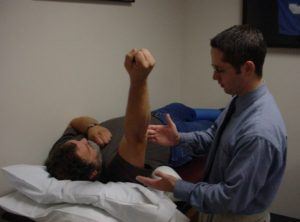
The same rehab concept was used for the acromioplasty group however they were allowed to progress the rehab at 3 weeks post-op. Again, being relatively ‘aggressive’ compared to the PT group may have skewed this group’s outcomes to look better.
The rotator cuff repair group was placed in a sling for 3 weeks then allowed to progress per the PT group. Again, this seems more aggressive than the way the PT group was treated. I believe the treatment was appropriate to initiate passive range of motion and scapula work early on but may have contributed to a more positive outcome when compared to the relatively conservative ‘PT only group’.
Functional score comparing outcomes at 12 months displayed no significant differences in mean Constant score, patient satisfaction, range of motion or strength. The only significant differences were pain ratings between the groups and activities of daily living however they do not say where the differences were detected.
What About the Cost?
Finally, if not the most eye-opening of the study was the mean cost of treatment for the 3 groups. How about these stats:
- Physical therapy group cost = $2664
- Acromioplasty surgery group cost = $5252
- Rotator cuff repair group cost = $6293
The indirect societal costs were also significantly different when comparing the PT group to the surgical groups. The money saved to patients, health care companies and society is staggering and should not be ignored.
Symptomatic patients with an atraumatic rotator cuff tears should try a course of physical therapy prior to surgical intervention as the time, cost savings and 1 year outcomes definitely benefit the physical therapy group in this study.


